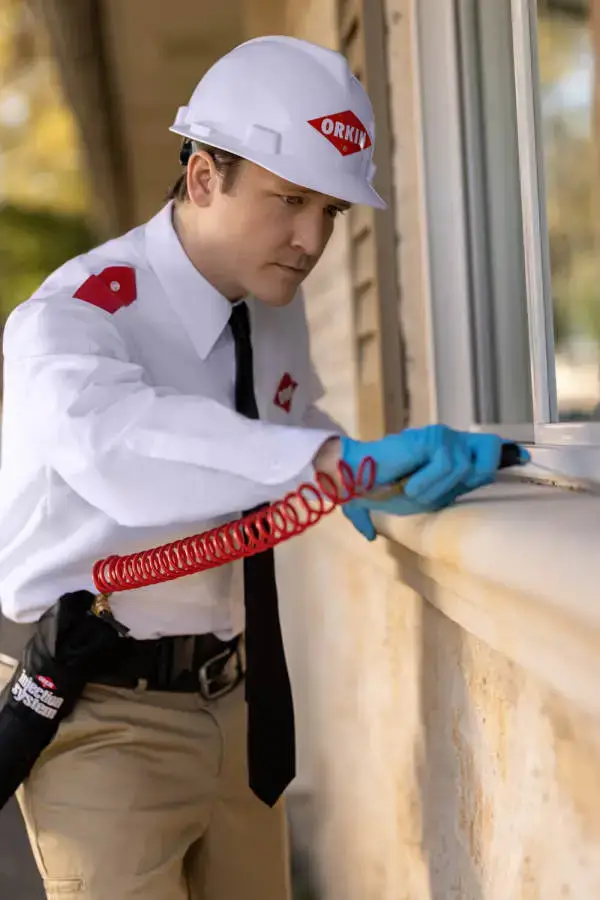Even an ant army is no
match for Orkin.
When you're on the defensive against ants, don't let them tarnish the
sanctity of your home. Let our highly-trained ant exterminators not only fight
the battle — but win the war.
Orkin Pros are trained to diagnose and treat ant problems. Because every home is different, they work with you to design a unique program for your situation.

Ants can bite when they feel threatened, and a person who is highly allergic to wasp and bee stings may also be allergic to ant stings.

Acrobat ants and carpenter ants build their nests in damp or decaying wood. Homes with moisture issues are prime targets for carpenter ants.

Ants may carry and transmit bacterial and fungal organisms that are serious disease pathogens and can be spread around your food or pantry.
THE ORKIN GUARANTEE
We’re not happy until you’re happy. We offer free inspection and free return visits to make it right.
We’ll inspect your home from top to bottom, inside and out, for current or potential pest
We’ll treat the perimeter of your structure with the appropriate materials, remove all accessible spiderwebs and wasp nests, and use the safest methods available.
We’ll do everything we can to keep insects out—seal, caulk, plug, and secure gaps and cracks.
We’ll treat the interior of your home and install pest monitors in critical areas such as kitchens, baths, utility rooms, and garages.
We’ll always provide a detailed report of services rendered and recommendations to help keep your home free of pests.
We’ll stay in touch between our regularly scheduled visits and respond to any immediate needs.

Every ant infestation is unique, and so are our ant treatments tailored to fit your situation.
How much does an exterminator cost for ants?
How do exterminators get rid of ants?
What are ants attracted to?
How do I keep ants out of the yard?
What do ants eat?
How do I keep ants out of the house?
The Orkin Guarantee
